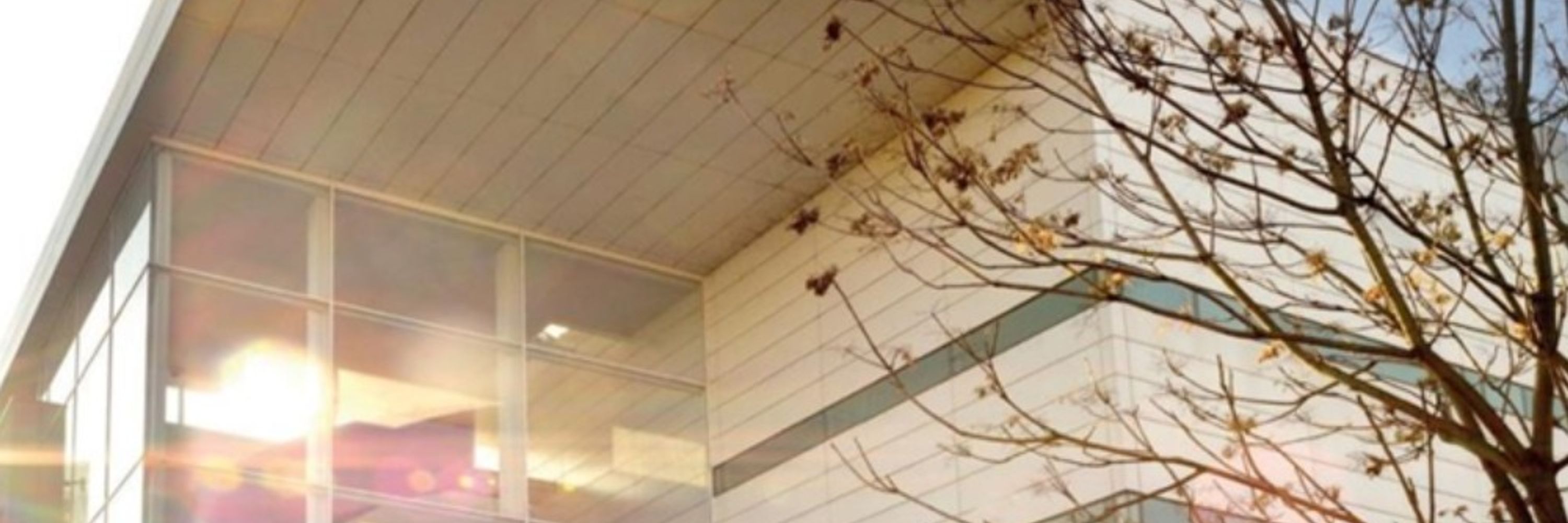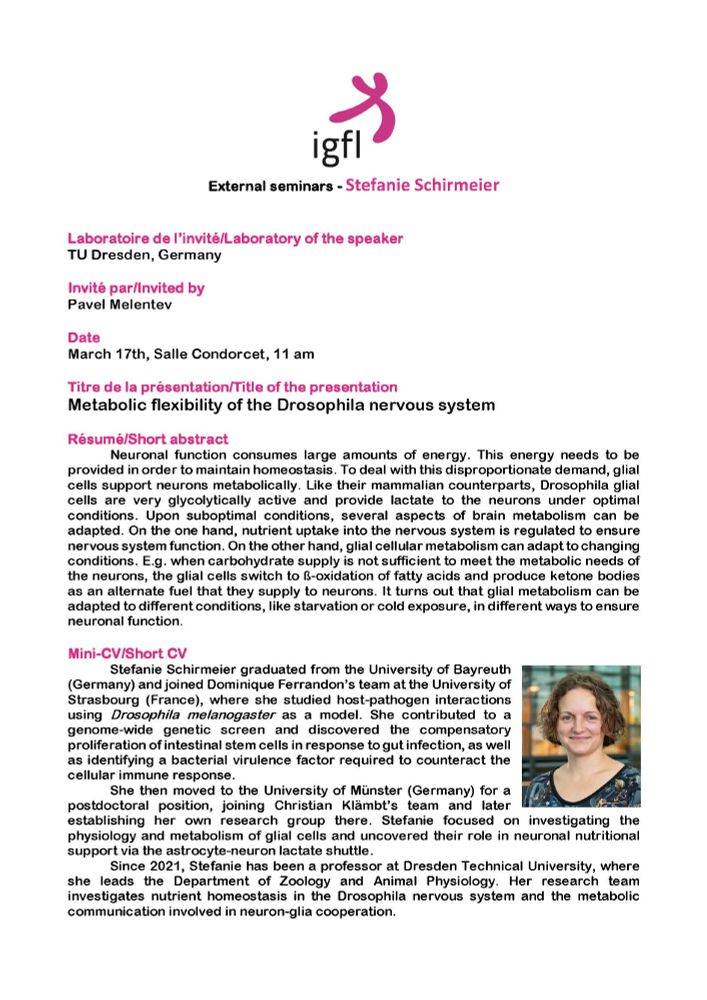IGFL
@igflyon.bsky.social
630 followers
85 following
29 posts
A strong focus on integrative, organism-level research at the interfaces of evolution, development & integrative physiology studied in lots of model systems
igfl.ens-lyon.fr
Posts
Media
Videos
Starter Packs
Reposted by IGFL
Reposted by IGFL
Reposted by IGFL
Reposted by IGFL
Reposted by IGFL
Reposted by IGFL
Yad Ghavi-Helm
@yghavi.bsky.social
· Jul 23
IGFL
@igflyon.bsky.social
· Apr 28

Dual topologies of myotomal collagen XV and Tenascin C act in concert to guide and shape developing motor axons | PNAS
During development, motor axons are guided toward muscle target by various extrinsic
cues including extracellular matrix (ECM) proteins whose ident...
www.pnas.org
Reposted by IGFL
Reposted by IGFL
IGFL
@igflyon.bsky.social
· Feb 15
IGFL
@igflyon.bsky.social
· Feb 5


















